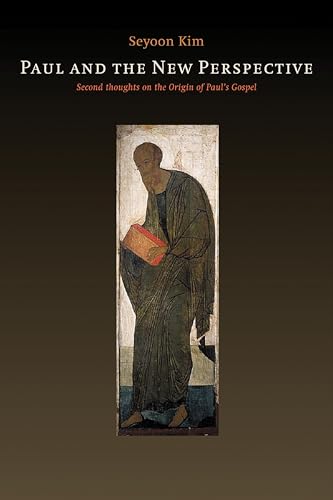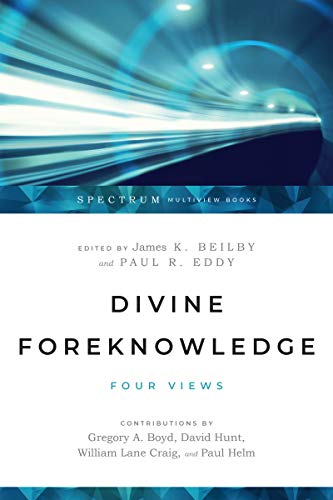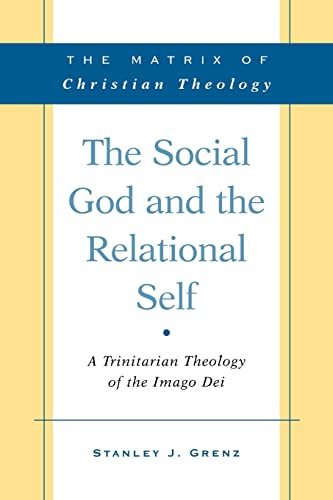PAUL AND THE NEW PERSPECTIVE: SECOND THOUGHTS ON THE ORIGIN OF PAUL’S GOSPEL
Written by Seyoon Kim Reviewed By David WenhamProfessor Seyoon Kim is a distinguished Korean New Testament scholar who is now on the faculty of Fuller Theological Seminary in the USA. His first book, The Origin of Paul’s Gospel argued impressively for the crucial importance of Paul’s conversion for his theology. In this book Kim takes up that theme, engaging with his critics and particularly with representatives of the so-called ‘New Perspective’ on Paul such as James Dunn. Kim continues to see Paul’s conversion as a key to Paul’s thought, but he now lays emphasis also on Paul’s knowledge of Jesus traditions (such as we find in the gospels). Paul’s theology may be said to spring from (a) his conversion, (b) stories and sayings of Jesus, and (c) the OT.
The book comprises eight chapters, three of which have been previously published. His first chapter is a vigorous argument with Dunn and the New Perspective, in which he rejects the New Perspective view that Paul came to his understanding of justification by faith through his experience of Gentile mission and through the so-called ‘Antioch-incident’ of Galatians 2:11–21. Kim argues that Paul got his view of justification and his call to the Gentiles simultaneously through his conversion. Kim also rejects the view that the ‘works of the law’ to which Paul objects are just the parts of the law that marked out the Jews from others, e.g. circumcision, food laws, etc. Kim finds Paul’s objections to law-keeping to be much more all-embracing than that.
Kim reinforces his view that Paul’s doctrine of justification was not a late development in his thinking by arguing in chapter 2 that the doctrine is implied in 1 Thessalonians.
He then goes on in chapter 3 to argue for the importance of Isaiah 42 for Paul’s understanding of his call (which was therefore a call to mission to Jews as well as to Gentiles, despite Galatians 2). In chapter 4 he has an interesting discussion of Galatians 3:10–14, reaffirming against the representatives of the New Perspective the traditional view that Paul saw the failure of the regime of law in the fact that no one could keep it perfectly. He argues that the Jews of Paul’s day did see success in law-keeping as necessary for salvation (alongside divine grace). Paul, Kim argues, experienced the coming of the Holy Spirit in his conversion, and explained it in terms of Jeremiah 31 and Ezekiel 36; this led to his re-evaluation of the law.
In chapter 5 Kim returns to his original thesis connecting Paul’s conversion with his teaching about Christ as the image of God and the new Adam. He reaffirms that thesis, in dialogue with Dunn, Segal and Wright, but he now gives considerable importance to Paul’s knowledge of Jesus’ Son of man sayings.
Chapter 6 is based on an earlier article and argues that Paul’s teaching about reconciliation in 2 Corinthians 5 can be linked to his conversion, and chapter 7 argues similarly about the ‘mystery’ of Romans 11:25–26. His final chapter appeared originally in the Dictionary of Paul and his Letters, and is a very useful study of ‘the Jesus tradition in Paul’.
The book is well-written and closely argued. It will be more accessible to scholars who can work in a variety of languages (including Hebrew) than to the average student. But to those who have the patience to follow the argument, the book is full of good things. The book does not negate the whole of the ‘New Perspective’—Kim notices how some of his ideas are compatible with the work of Tom Wright in particular, but it does raise serious questions about some key ingredients in that perspective. I found much of the argument persuasive, though occasionally Kim seemed to press an unlikely exegesis (as in his view that Gal. 2:7, 8 should be separated from 2:9). Kim does not seem to see that Galatians 2 is the famine relief visit of Acts 11, or does not see the relevance of that correlation. Sometimes he seems to miss a significant possibility, e.g. that Paul’s references to God ‘sending’ Jesus may well go back to Jesus’ parable of the vineyard tenants (as Kim’s arch-opponent Dunn notes!), or that Paul’s reflection on the mystery of Israel’s rejection may mirror his own experience of needing to be humbled before he could receive the grace and mercy of God.
All in all, this is an important contribution to an important ongoing scholarly debate.
David Wenham
Wycliffe Hall







